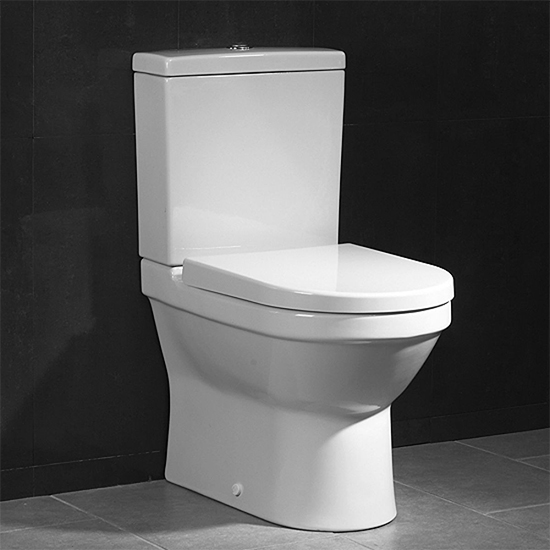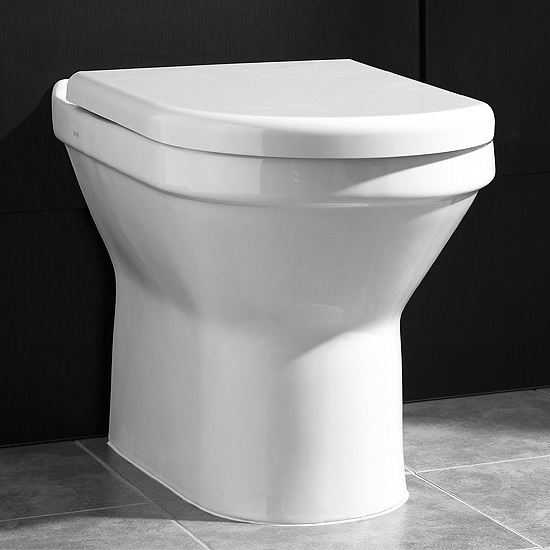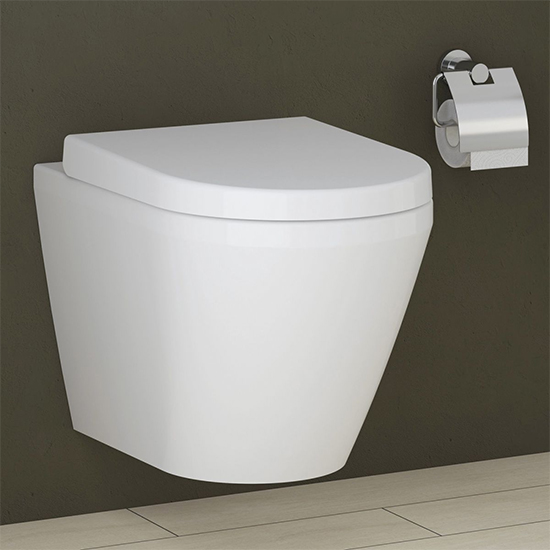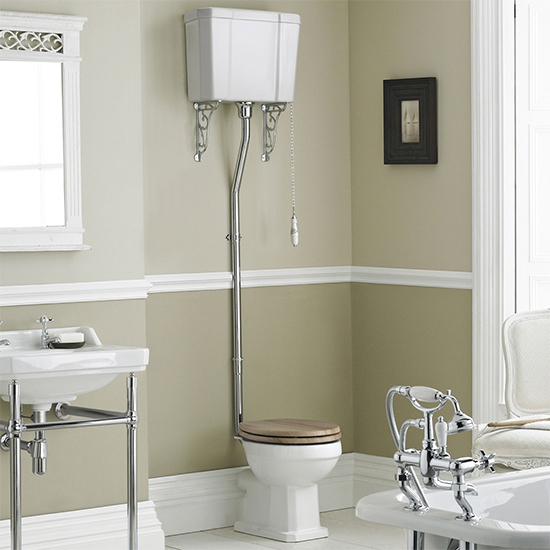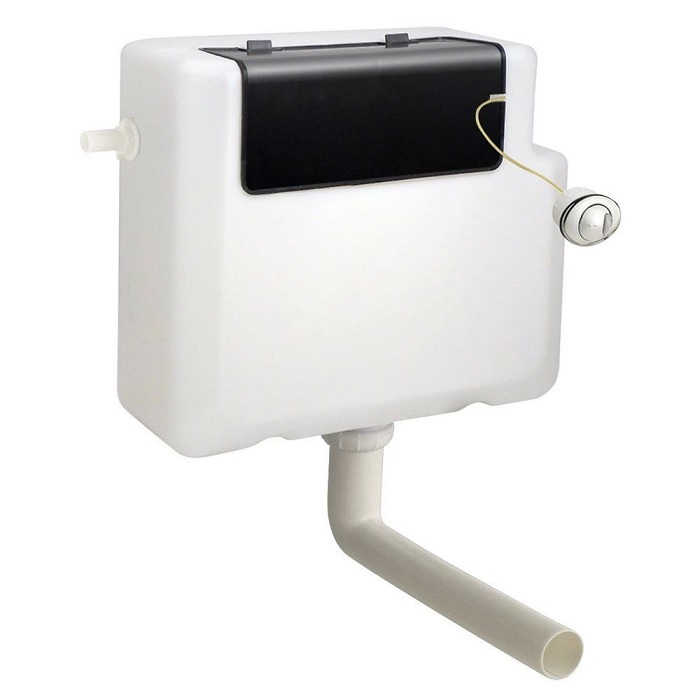Quality Toilets From Hudson Reed
We offer bathroom toilets in all shapes, styles, and prices. We have close coupled, back-to-wall and wall-hung toilets to select from.
What toilet should you choose?
When you’re planning a new bathroom or just remodeling an existing one, you’ll need to decide what type of toilet is right for you. There are lots of different types available on the market now, but they all have advantages and disadvantages, so it’s important that you make an informed choice before you go ahead with any purchase.
This article will look at three popular options – close coupled, back to wall, and wall-hung toilets – and explain how each type works, as well as its pros and cons. If you’ve already decided which kind of toilet is best suited to your needs, this might be the next step in making sure the toilet is installed correctly.
Close coupled toilets
The most common toilet style is the close-coupled toilet, which has a seat that sits directly against the bowl. It was invented in Europe during the 1950s by an engineer called Charles Peabody. He wanted to design a toilet that would save water and cut the amount of time spent using the facilities, so he developed a unit that could be used without sitting down.
The seat folds down from the base into the bowl, which means the user doesn’t have to bend over – saving them valuable time in the process. The seat is also made from two pieces of plastic, which means it won’t break if someone trips over it while standing up (unlike traditional wooden ones).
However, this style of toilet has some shortcomings. First, because the seat folds down into the bowl, there’s less room for storing things underneath the unit. You can store items like towels and soap under these units, but larger objects such as suitcases and even bicycles aren’t always possible due to the height difference between the seat and the floor.
Another issue with close-coupled toilets is that they don’t allow air to circulate around the body properly. As we breathe in air, our lungs release carbon dioxide, which is essential for keeping us alive. In order to prevent this gas from building up inside the toilet, manufacturers often include an exhaust vent near the top of the unit.
This creates another problem, though. Because the exhaust vents are positioned above the toilet, they can become blocked easily, meaning that toxic gases may build up within the unit. This is dangerous, not only for children who may inhale the fumes, but adults as well.
Back-to-wall toilets
If you want something more modern than the close-coupled toilet, then you may prefer a back-to-wall toilet. These are quite similar to their close coupled counterparts, except instead of a folding seat, they feature a large hole in the middle of the bowl through which the user can see out.
The hole is usually covered by a clear pane of glass or Plexiglas, allowing users to see everything going on in the toilet at all times. It’s also easier to clean since there are no gaps between the seat and the walls of the toilet.
These toilets come in various shapes and sizes. Some models have a simple flat bottom, whereas others feature curved sides or a concave shape. They all have the same function, however – they sit against the wall of the room.
One advantage of these toilets is that they allow for better airflow around the body, compared to the close-coupled variety. Air circulates freely around the bowl, preventing the buildup of carbon dioxide. This is particularly beneficial for people suffering from respiratory problems such as asthma.
Wall hung toilets
Lastly, we have the wall-hung toilet, which is exactly what it sounds like. Instead of being mounted against the wall, these toilets hang from the ceiling of the room, making them ideal for small bathrooms.
Most wall-hung toilets are fitted with a pull chain mechanism, which allows users to raise and lower them. However, some manufacturers offer a motorized version of the device, allowing users to adjust the height of the toilet as needed.
There’s a big benefit to wall-hung toilets, too. Since they’re suspended from the ceiling, they can be removed quickly if necessary. So if you ever need to repaint a wall, you can remove the toilet and replace it with another model instead.
All-in-all, close-coupled toilets are great if you want a toilet that saves water and is easy to use. However, they do have certain drawbacks, including the inability to store things beneath the unit and the risk of toxic fumes accumulating in the unit.
Back-to-wall toilets are slightly more modern, while wall-hung toilets are good for those with limited space. Both styles of the toilet are ideal for anyone who wants to reduce the amount of time spent using the facility.
To get the most from each toilet style, remember that the closer the seat is to the ground, the less air circulation will happen. This is especially true of close-coupled toilets, which have smaller holes in the bottom. Therefore, if you want a toilet that gives off very little smell, then a back-to-wall unit is probably your best bet.
Alternatively, if you want a toilet that keeps the air circulating around the body, then a wall-hung unit is likely to be your best option.
Whichever style of toilet you choose, it’s important that you install it correctly, so make sure you follow all the instructions carefully when buying a new toilet. Once you’ve got it installed, you can begin enjoying the benefits of your new toilet!

